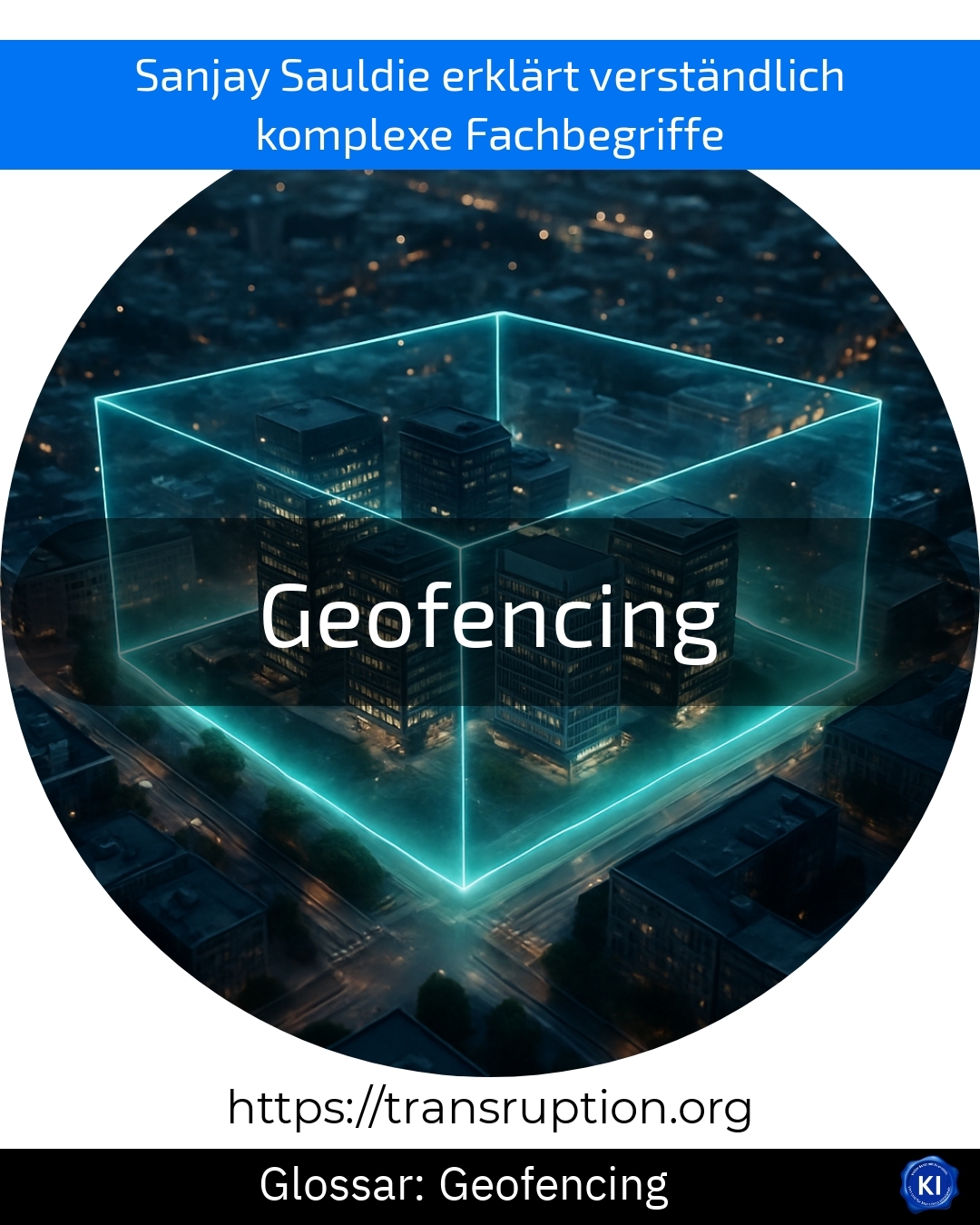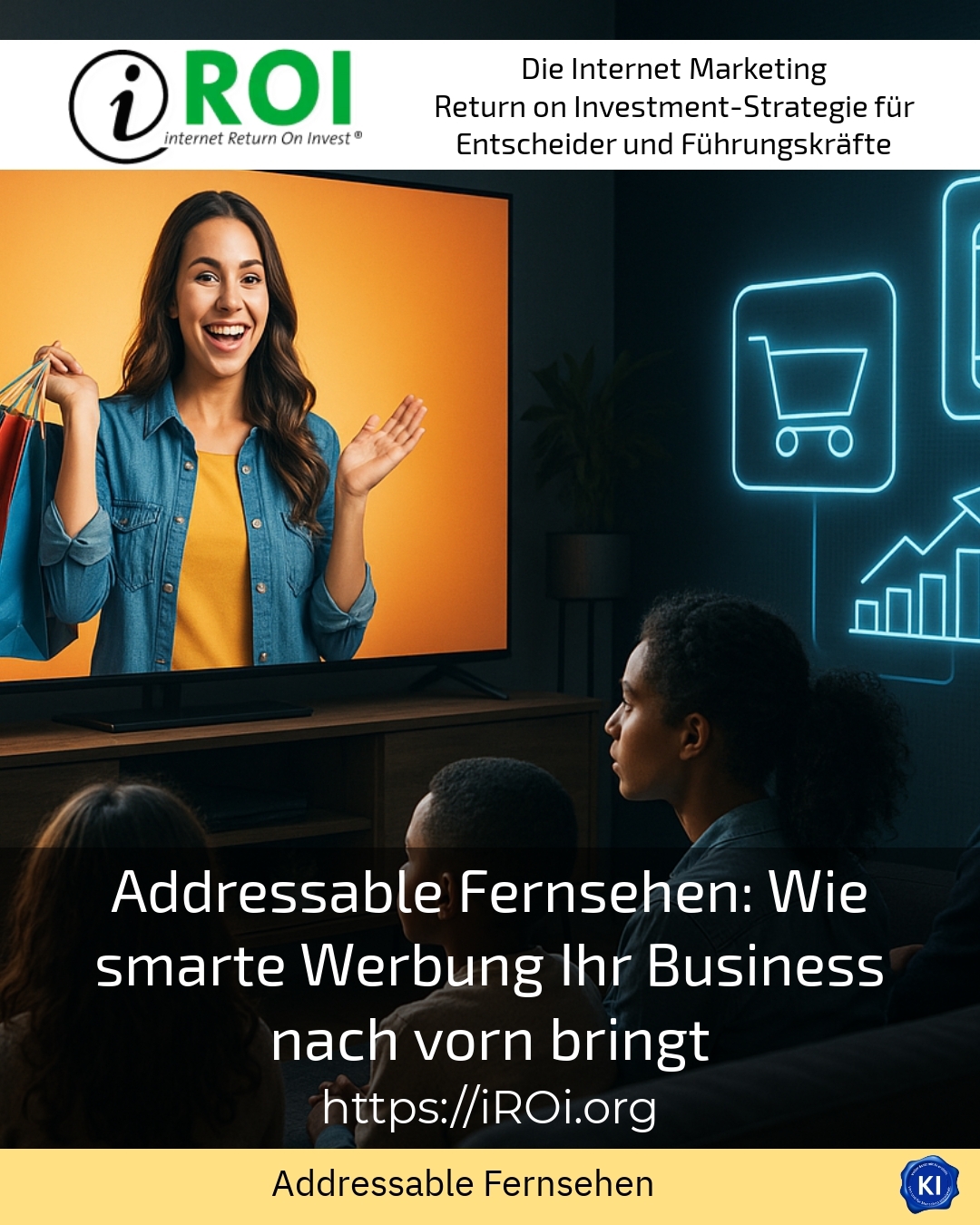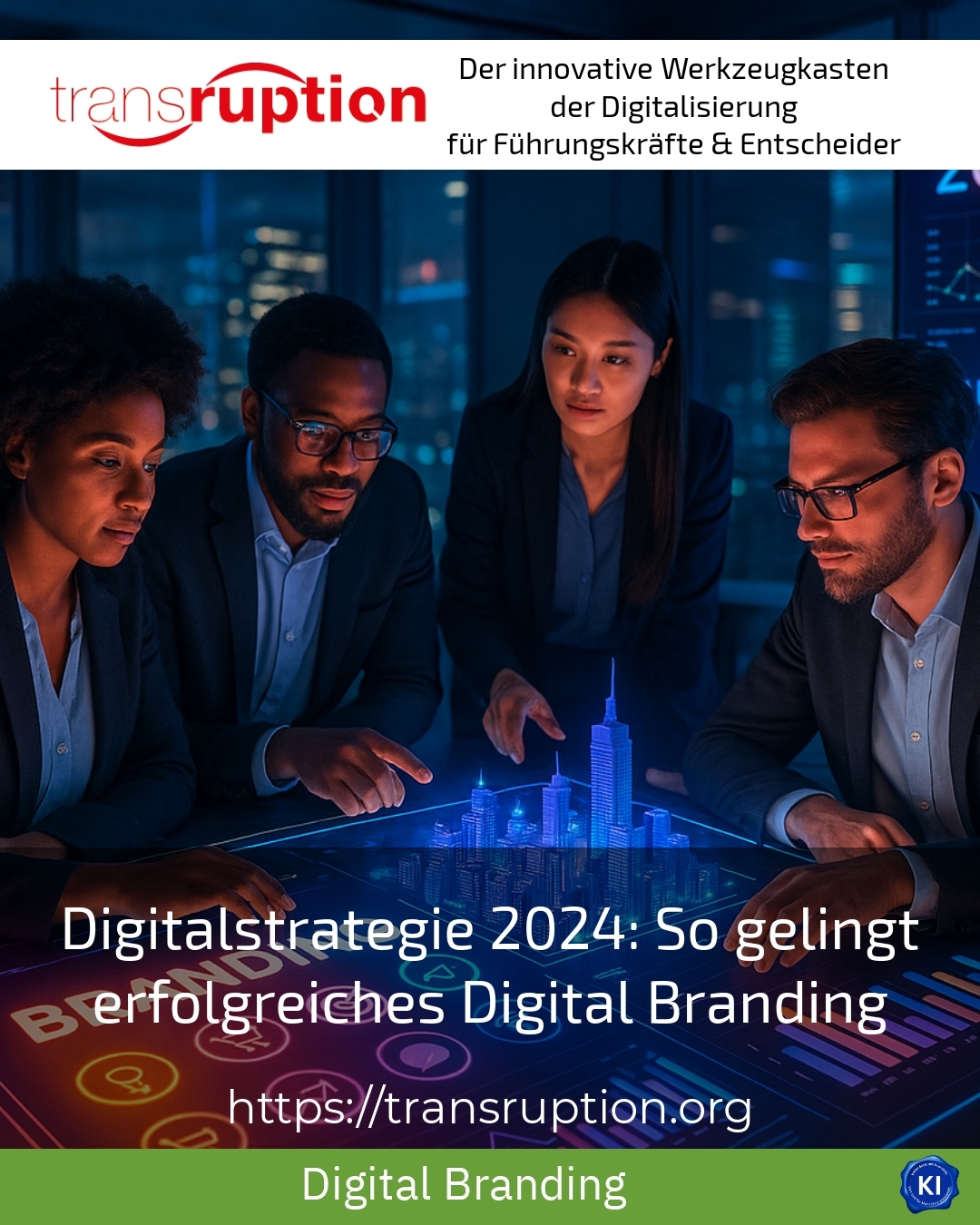Geofencing is particularly at home in the areas of digital transformation, the Internet of Things and iROI digital marketing. The term describes a technology that uses GPS or radio signals to draw virtual geographical boundaries around a specific location. As soon as a device, such as a smartphone, enters or leaves this invisible boundary, an action is automatically triggered.
An illustrative example: Imagine you own a shop in the city centre. With the help of geofencing, you can define that everyone who is within 200 metres of your shop with their smartphone receives a push message with an exclusive offer voucher. The principle can also be applied to logistics, for example when a delivery van leaves a factory, the warehouse is automatically informed.
Geofencing is used by companies and organisations to target customers, automate processes or increase security. The technology is easy to implement and offers many opportunities to innovatively organise marketing or operational processes. In digital marketing in particular, geofencing is an effective tool for reaching the right target group in the right place at the right time.

























